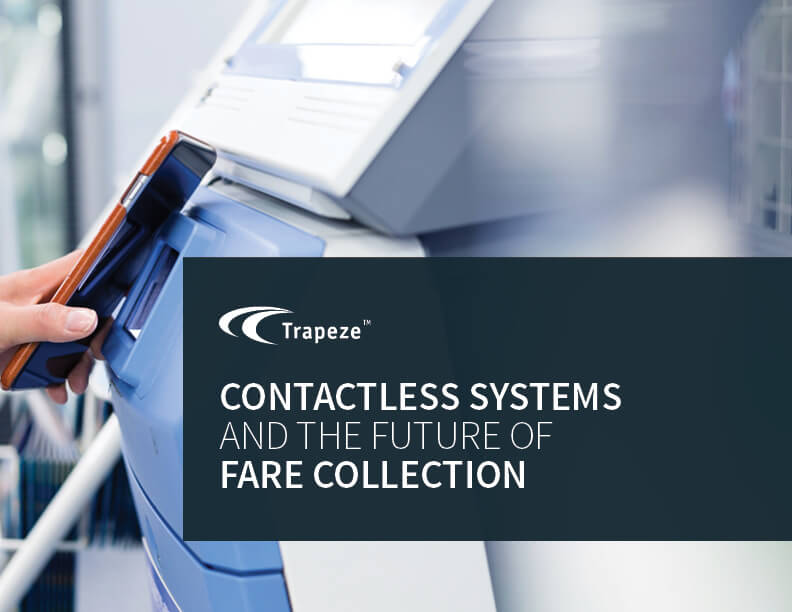Smart cards represent a $153 billion market annually in the United States with retailers, the vending machine industry, and movie theaters leading the charge. Close behind in fourth place is the transit industry, with about $10 billion in annual revenue from smart card systems.
Contactless smart cards originally made their appearance in public transit in Europe and Asia in the early 1990s. The technology offers distinct benefits over other payment methods including security, cost reductions, flexibility, speed of deployment, ease of use, simplified interoperability for agencies and ubiquitous business intelligence integration.
Despite these benefits, the U.S. transit industry has been slow to adopt contactless systems, despite consumer demands for smart payment systems.
Download this eBook to find out how North American transit agencies are approaching the opportunities and challenges of deploying contactless smart card systems and how passengers and agencies alike can benefit from adoption of the technology.
Despite these benefits, the U.S. transit industry has been slow to adopt contactless systems, largely because the myriad of players in the market (agencies, transit districts, card issuers and technology vendors) have not been able to agree on a standardized platform. Concerns over initial investment requirements have, erroneously, also slowed adoption.
What follows is an exploration of how North American transit agencies are approaching the opportunities and challenges of deploying contactless smart card systems and how passengers and agencies alike can benefit from adoption of the technology.
